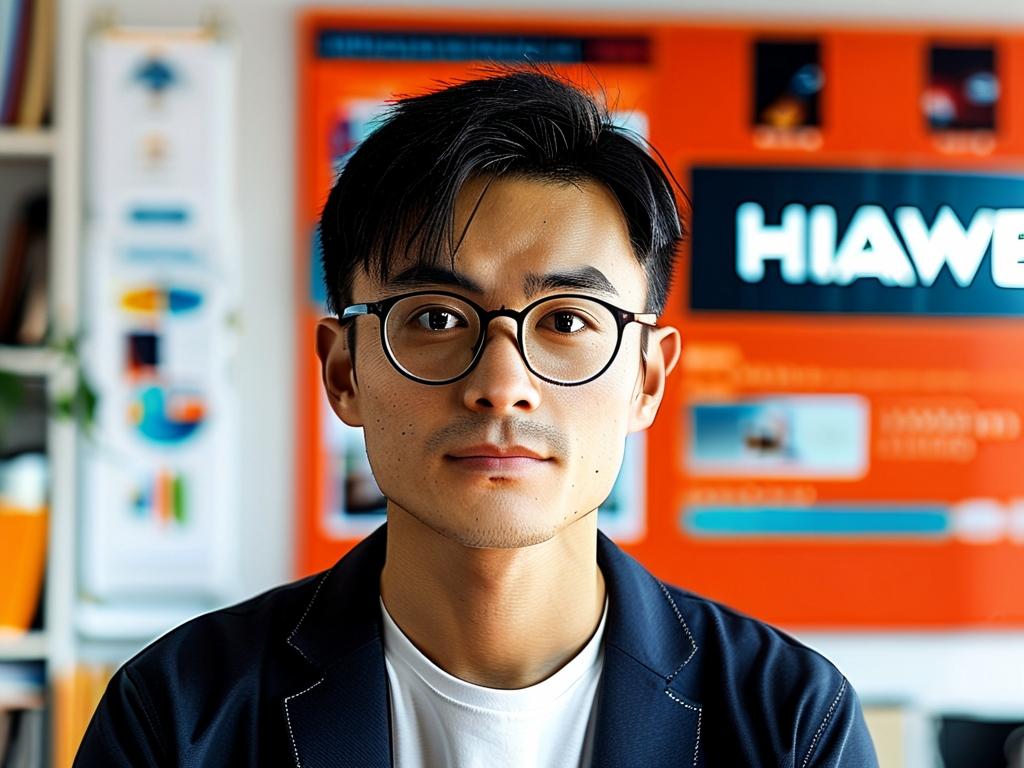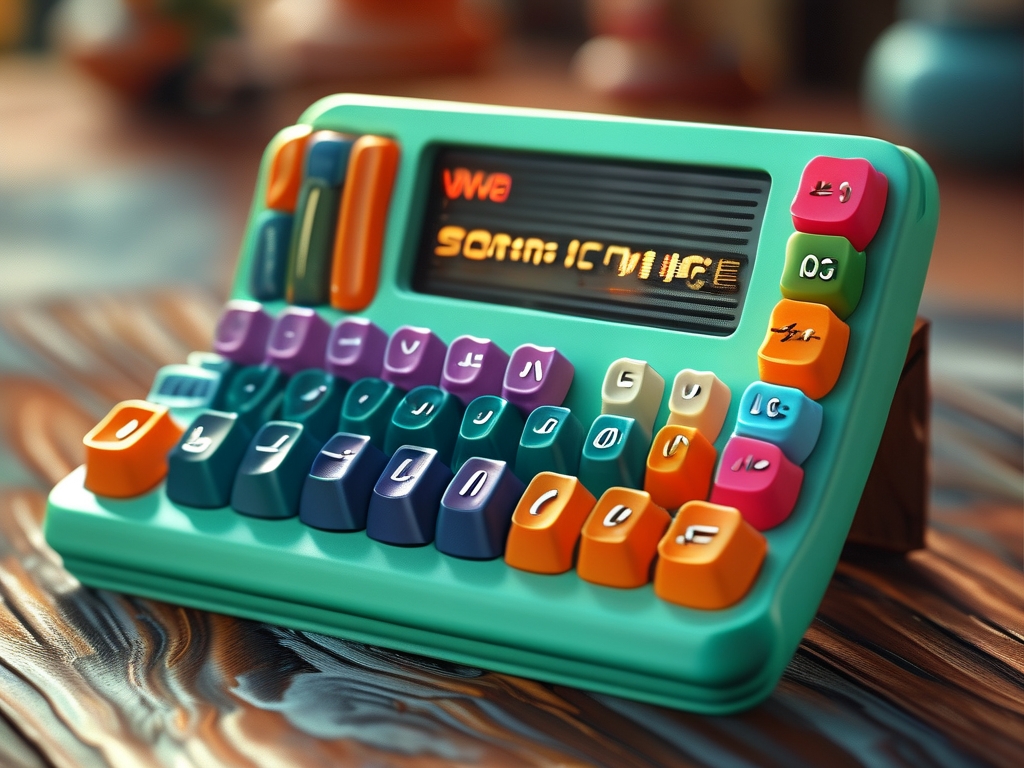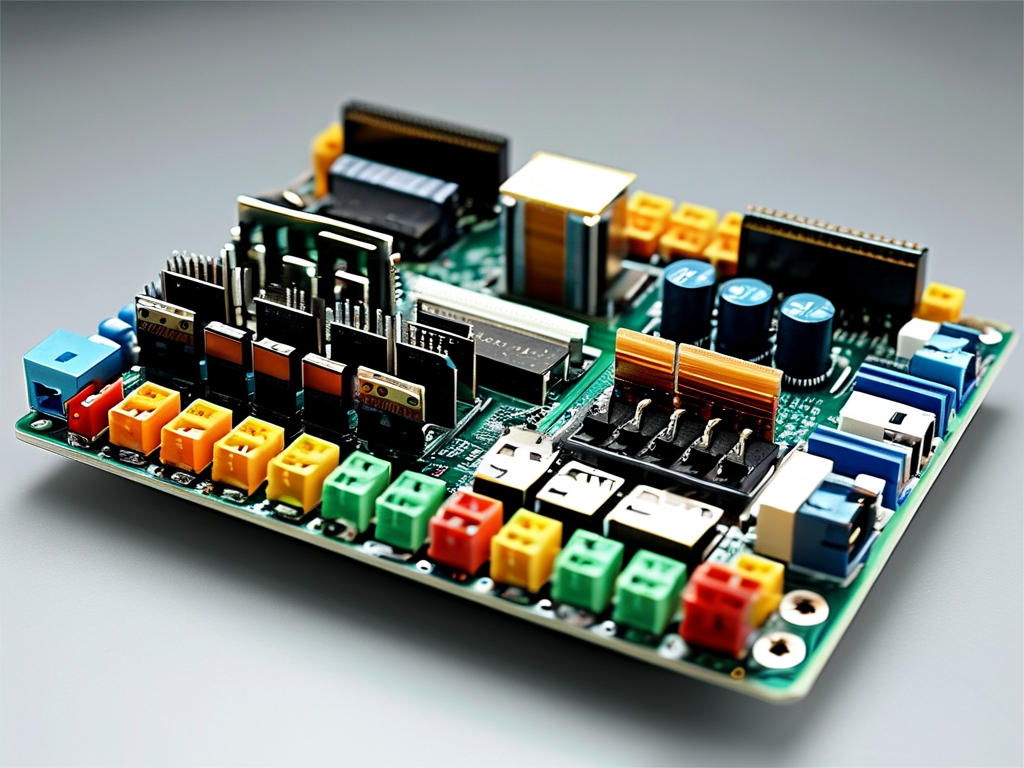The recruitment process for an Interaction Designer at Huawei is a structured and competitive journey designed to identify candidates who align with the company’s innovation-driven ethos and technical excellence. This guide provides an in-depth look at each stage of the hiring process, offering insights and tips to help aspiring designers navigate their path to joining one of the world’s leading tech giants.

1. Understanding the Role: What Huawei Seeks in an Interaction Designer
Huawei’s Interaction Designers are responsible for creating intuitive and user-centric digital experiences across products like smartphones, IoT devices, and enterprise software. The company prioritizes candidates who combine technical proficiency with creative problem-solving, empathy for end-users, and a deep understanding of cross-cultural design principles. Key competencies include proficiency in tools like Figma or Sketch, familiarity with design systems, and experience in collaborating with cross-functional teams.
2. Application Submission: Crafting a Standout Profile
The first step is submitting an online application through Huawei’s careers portal. Candidates must upload a resume, portfolio, and cover letter tailored to the role.
- Resume: Highlight relevant experience in UX/UI design, emphasizing projects that demonstrate user research, prototyping, and measurable outcomes (e.g., improved user engagement).
- Portfolio: Showcase 3–5 case studies that reflect your design process. Huawei values storytelling—explain how you identified user pain points, iterated solutions, and validated designs through testing.
- Cover Letter: Align your values with Huawei’s mission (“Bringing digital to every person, home, and organization”). Mention any experience with global projects or familiarity with emerging technologies like 5G or AI.
3. Initial Screening: The HR Interview
Qualified candidates are invited to a virtual or in-person interview with Huawei’s HR team. This 30–45 minute conversation focuses on:
- Cultural Fit: Huawei emphasizes teamwork, resilience, and a “customer-first” mindset. Be prepared to discuss scenarios where you collaborated under tight deadlines or adapted to feedback.
- Career Goals: Articulate how the role aligns with your long-term aspirations.
- Basic Competency Check: Expect questions about your design philosophy or how you stay updated on industry trends.
4. Technical Assessment: Demonstrating Design Expertise
Candidates who pass the HR screening advance to a technical evaluation, which may include:
- Design Challenge: A 2–3 hour task to solve a hypothetical UX problem (e.g., redesigning a Huawei Health app feature). Submissions are judged on creativity, usability, and adherence to Huawei’s design guidelines.
- Portfolio Deep Dive: A senior designer will scrutinize your portfolio, asking detailed questions about your decision-making process, such as, “Why did you choose this navigation pattern?” or “How did you balance user needs with technical constraints?”
5. Onsite Interviews: Meeting the Team
Successful candidates are invited to onsite interviews at a Huawei office. This stage involves:
- Panel Interview: A 60-minute session with designers, product managers, and engineers. You’ll discuss hypothetical scenarios (e.g., “How would you design a voice-controlled interface for elderly users?”) and defend your ideas.
- Whiteboard Exercise: A live design sprint where you sketch solutions in real-time while explaining your thought process. This tests your ability to think critically under pressure.
- Cultural Fit Assessment: Interaction with potential teammates to gauge collaboration style. Huawei values humility and a growth mindset—avoid overly self-promotional answers.
6. Final Review and Offer
The hiring team consolidates feedback and makes a decision within 1–2 weeks. If selected, you’ll receive a verbal offer followed by a formal contract. Compensation packages at Huawei are competitive, often including bonuses, stock options, and opportunities for international assignments.
7. Post-Offer Integration
Before onboarding, new hires may attend pre-employment workshops or connect with mentors to understand Huawei’s design ecosystem. The company also encourages learning Mandarin, though it’s not mandatory for all roles.
Tips for Success
- Research Huawei’s Products: Study EMUI (Huawei’s OS) and flagship devices to understand their design language.
- Emphasize Adaptability: Highlight experiences working in agile environments or with diverse teams.
- Ask Insightful Questions: Inquire about Huawei’s vision for AI-driven design or sustainability initiatives to show engagement.
Huawei’s Interaction Designer recruitment process is rigorous but rewarding, offering a chance to contribute to cutting-edge technology used by millions globally. By thoroughly preparing for each stage and aligning your skills with the company’s strategic goals, you can position yourself as a standout candidate in this competitive field.



